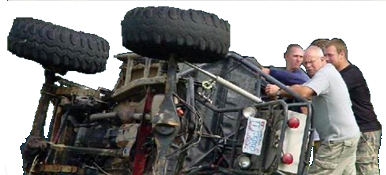marty79
Well-Known Member
- Joined
- Nov 24, 2013
- Location
- Newton, NC
building a 90 F150 with the 302 and I got some long tube headers for it. My question (as I've never used them before) is for performance, will they work better with true duals or converge into single kinda like factory does? I'd rather get performance out of them more than sound as I'm more focused on that with all the other engine work I'm doing to it. Thanks for all the help and advise!
These are them...pretty exited about this truck build. Oh and also what kinda high heat paint is good to coat them with even though they come coated already would like to make sure it lasts i guess.

These are them...pretty exited about this truck build. Oh and also what kinda high heat paint is good to coat them with even though they come coated already would like to make sure it lasts i guess.


 ) Oh and you will know this...How many pipes on them big ol' fire trucks!
) Oh and you will know this...How many pipes on them big ol' fire trucks!
 I seem to remember people running X-pipes on superspeedways too, and some people running H-pipes on shorter tracks, so that part is hazy. I don't know the history of who started using what and when, and when X-pipes first came on the scene, I just know that most everyone is using X-pipes now.
I seem to remember people running X-pipes on superspeedways too, and some people running H-pipes on shorter tracks, so that part is hazy. I don't know the history of who started using what and when, and when X-pipes first came on the scene, I just know that most everyone is using X-pipes now.